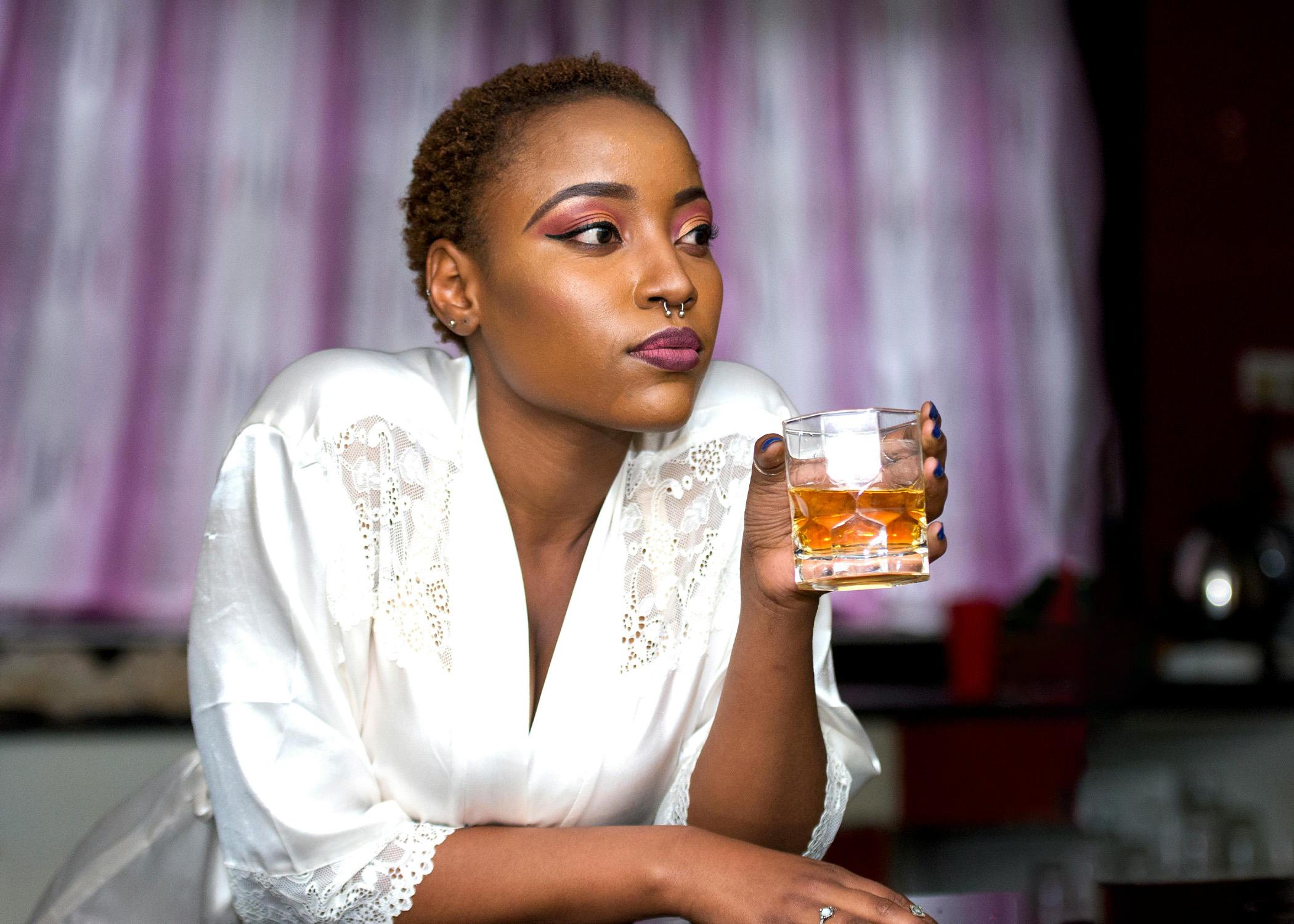
The Art of Non-Alcoholic Spirits
blog
For decades, spirits and cocktails have fostered a culture of craft, connection, and celebration. But over time, cocktail culture has evolved far beyond the buzz!
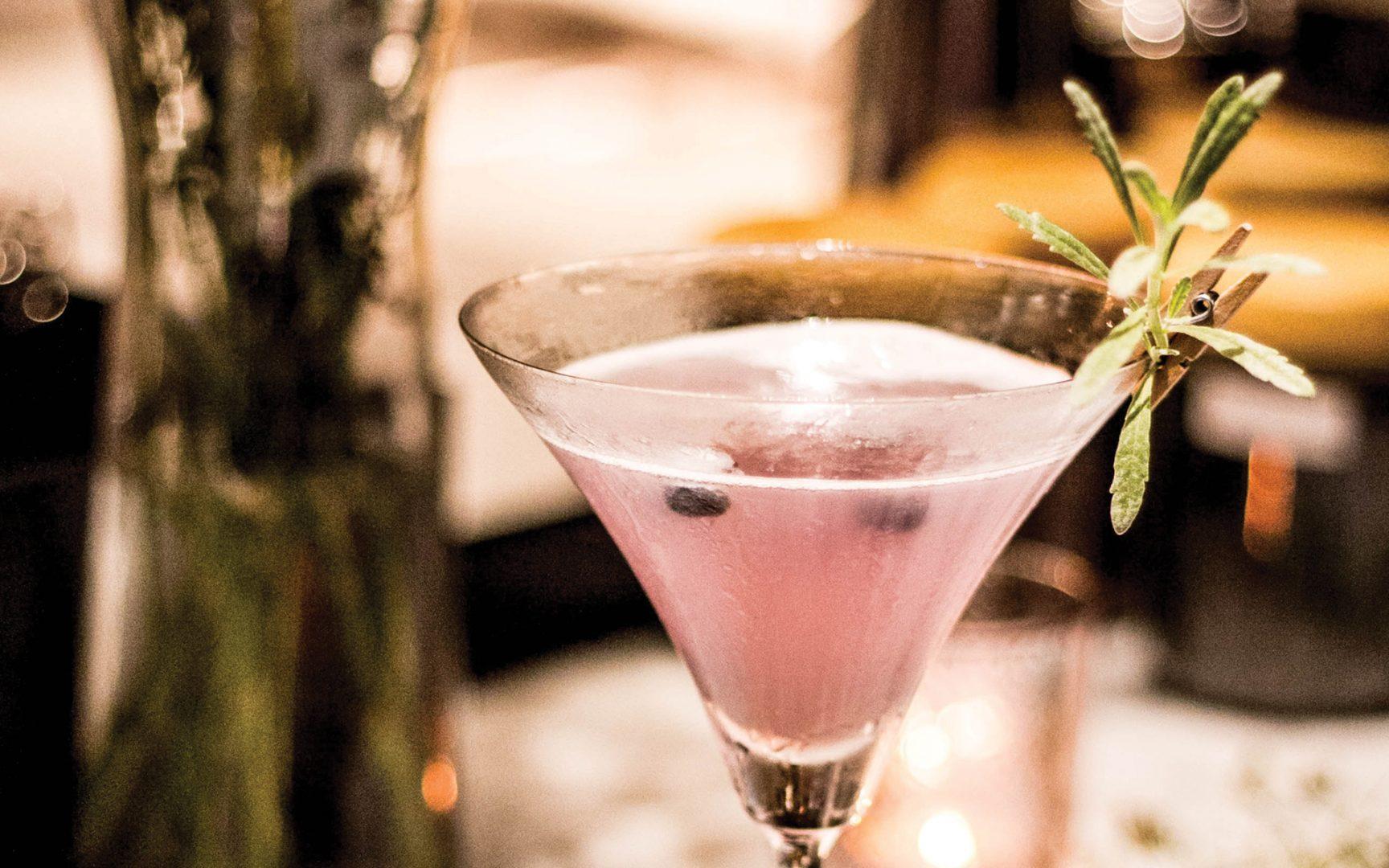

Thanks to its flavor and Instagram-worthy aesthetic, pink gin has become a global favorite; but what do you know about this blushing delight? Ahead of Valentine's Day, we're diving into the history behind this beloved pink drink.
Nope, it's not a trick question. Technically, pink gin was a cocktail first.
It all started with a German doctor named Johann Siegert. While in Angostura, Venezuela, the doctor sought a remedy for "tropical stomach ailments," eventually perfecting the formula for Angostura Bitters in 1824.
From there, the "medicine" made its way to England where it became a staple on British Royal Navy ships for sailors prone to sea sickness - but the biggest problem was its extreme bitterness. As the story goes, the experimental addition of gin made the dose much more palatable and also happened to give the solution a delightful blush.
By the late 1800s, people across the world - especially the UK - were drinking the simple mixture gin and Angostura Bitters as a cocktail known as, you guessed it, The Pink Gin. The classic cocktail evolved further as people took liberties to apply their own twists to the traditional recipe, sometimes adding tonic or soda water, or a slice of lemon for garnish.
Later, the cocktail would inspire another boozy creation. It's also why today, you need to be careful when ordering a "pink gin" at the bar: do you want the cocktail or the spirit? That's right, there is a difference.

The pink gin you'll find on store shelves is not the same as the cocktail - so what is it?
As a spirit, pink gin can be made in exactly the same way as other gins, only there are a few more additions included post-distillation. The pink color in this spirit derives from infusion of red and pink produce, spices, or bitters - or even added coloring and sweeteners.
Popular ingredients like strawberries, raspberries, rhubarb, grape skins, rose petals, and red currents, can add color as well as fragrance and flavor to a pink gin. Typically, these types of ingredients can serve the dual purpose of downplaying the dry, juniper-heavy, and bitter characters of a gin with smooth, sweet, and sometimes fruity notes.
The result? A spirit as flavorful as it is photogenic.
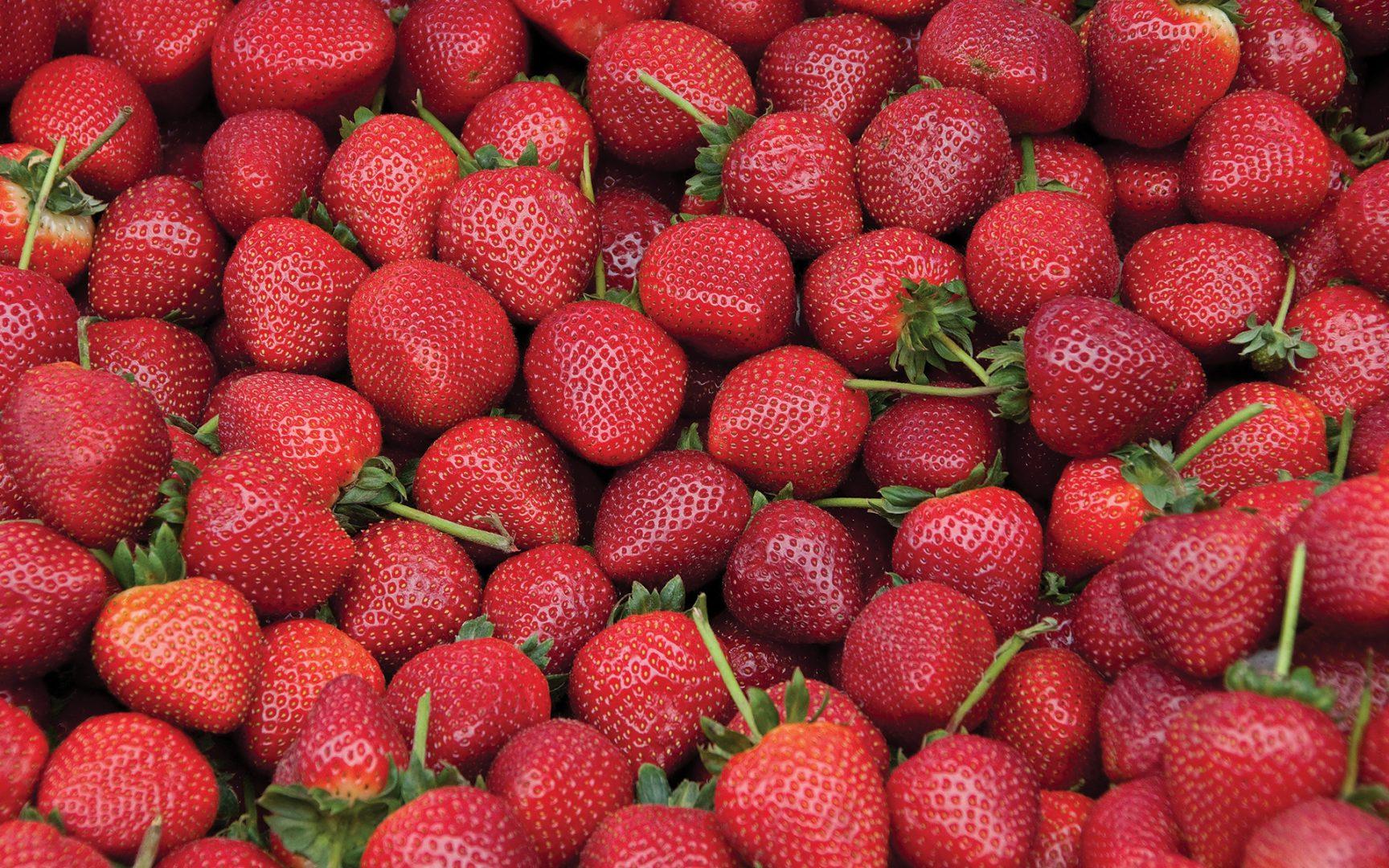
With strong growth in the UK, Philippines, South Africa, Brazil, Uganda, Germany, Australia, Italy, Canada, and France, the gin category will continue to see innovation from flavored and colored expressions.
To put things in perspective, the International Wine & Spirits Record (IWSR) - a data hub for the world's alcoholic beverage market - has determined that the gin category to experience a volume CAGR of 4.2% globally by 2023.
As The Guardian reports, the trend is led by pink gin and fueled by variations on traditional gins - from violet-colored to those flavored with marshmallow root to cocoa. At the London Spirits Summit in 2018, gin specialist David T. Smith shared that there were over 150 pink gins on the market as compared to fewer than five in 2013. And this growth is set to continue.
There are a few possible reasons for gin's quick rise to popularity, one of which is pink gin, accounting for 14% of total gin sales. Pink gin is also responsible for bringing many new consumers to the category; in fact, GCA found that 54% of pink gin drinkers did not previously drink gin. The data giant also found that as of 2019, 5.1 million consumers now say they drink pink gin - a number that has more than doubled from 2.2 million in a year.
Other reasons for our attraction to pink gin include our fascination with "Millennial Pink," it's prevalence as a subject for viral social media photos, and consumer tastes that prefer sweeter drinks to the more piney characteristic of non-pink gins.
Whatever the reason, there's no doubt that gin is in.
If you've got an idea for a great RTD cocktail, the beverage development experts at Flavorman can help you bring it to life! Just fill out this web form or give us a call at (502) 273-5214 to get started.
Related Content
Here's 5 Red and Pink Drinks for Your Valentine
Health Trends in the Beverage Industry: Consumer Perceptions Every Drink Brand Should be Aware Of

blog
For decades, spirits and cocktails have fostered a culture of craft, connection, and celebration. But over time, cocktail culture has evolved far beyond the buzz!
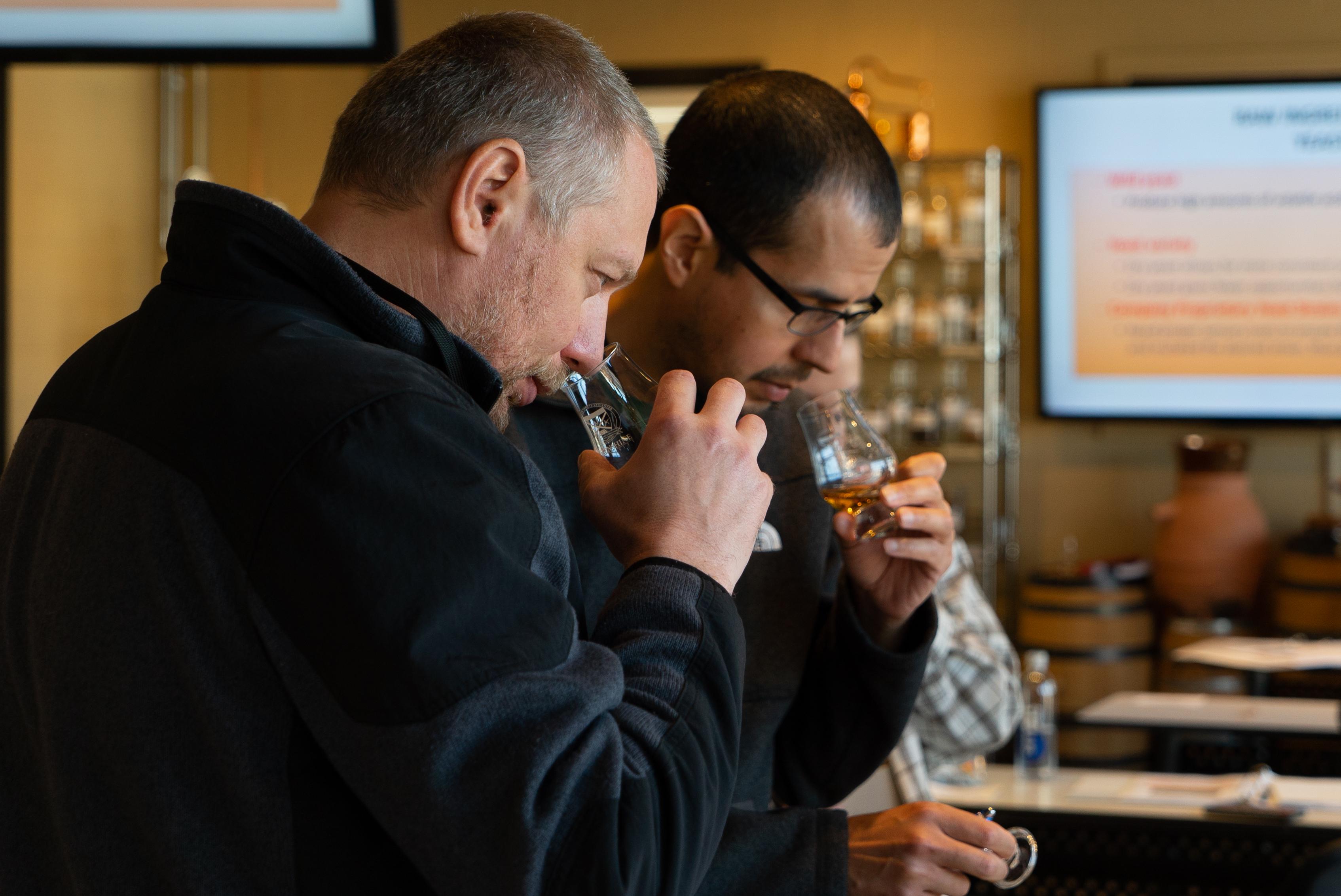
blog
Those that are familiar with the process of crafting distilled spirits may also be familiar with the 10 common congeners that are created during fermentation, and honed during the distillation run. Each congener has its own distinct personality, rendering unique tastes and aromas to the finished spirit.
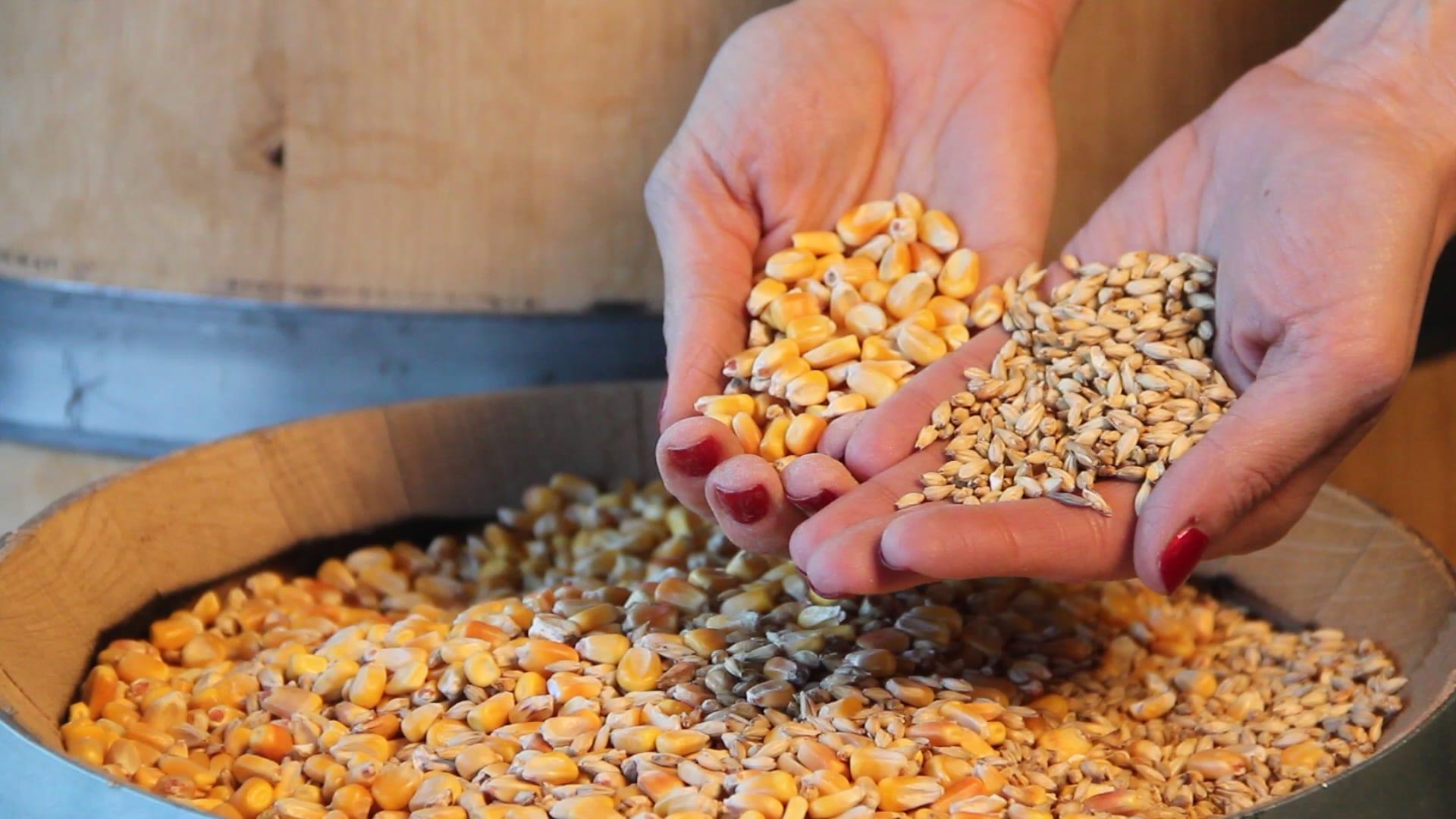
blog
So, you want to start distilling with freshly milled grain. Maybe you're tired of paying top dollar for the pre-milled stuff from the malt distributor, and you're ready to invest in the quality, efficiency, and bulk pricing that comes with milling your own whole grain. But where do you start?